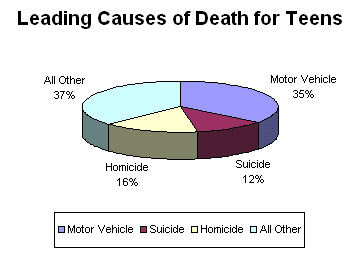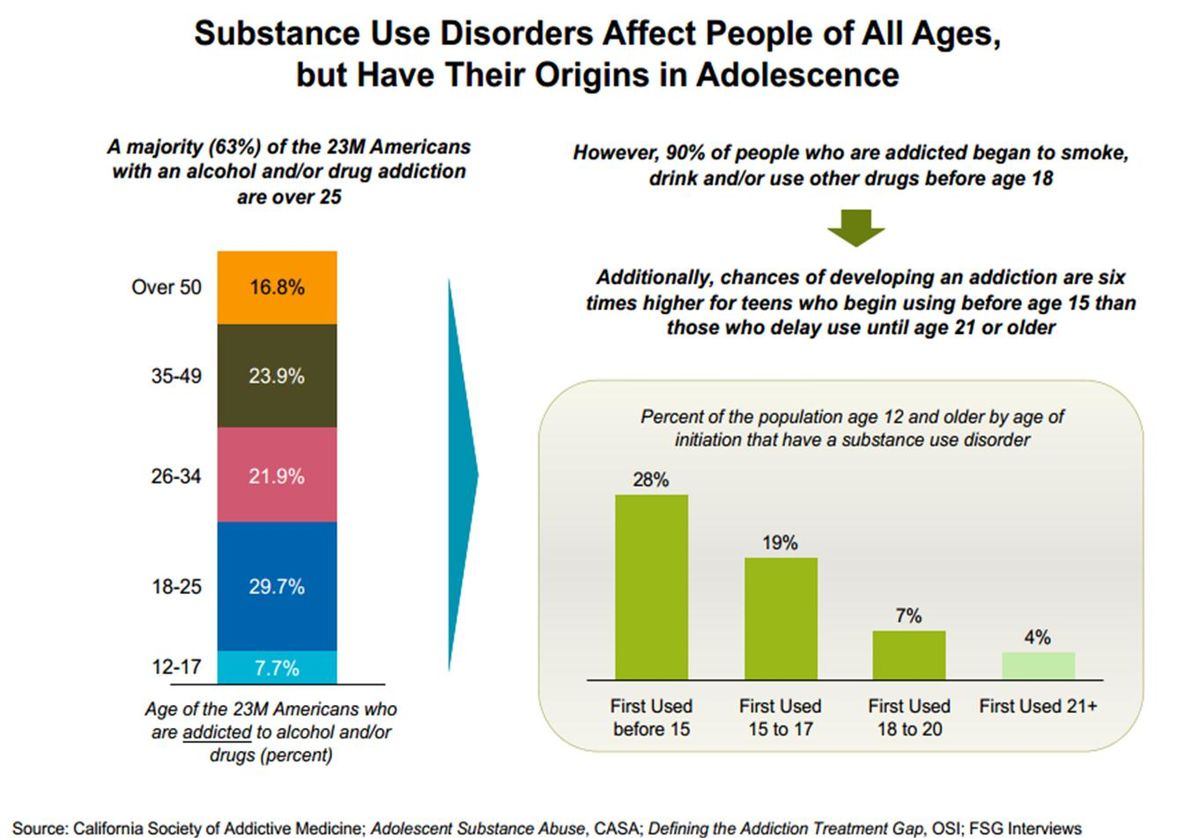Article by Alexa Eggleston, Former Senior Program Officer, Domestic Programs
Although progress has been made in recent years to reduce alcohol and drug use among youth, dangerous trends related to impaired driving continue to cause concern.
October 20 -26, 2013 is National Teen Driver Safety Week (NTDSW). This year’s theme, ‘It Takes Two: Shared Expectations for Teens and Parents for Driving’ provides an important opportunity for parents and other adults to talk to young people about the risks associated with alcohol and drug use and remind them of the harmful impact of impaired driving.
Although progress has been made in recent years to reduce alcohol and drug use among youth, dangerous trends related to impaired driving continue to cause concern. A new study in the American Journal of Public Health, for example, found that 28 percent of U.S. high school seniors had driven after using drugs or drinking alcohol in the past two weeks, or ridden in a vehicle with a driver who did. That same study also found that driving after smoking marijuana has increased over the past three years.
According to the National Traffic Highway Safety Administration, young drivers, ages 15- to 20-years old, are especially vulnerable to death and injury on our roadways – traffic crashes are the leading cause of death for teenagers in America. Mile for mile, teenagers are involved in three times as many fatal crashes as all other drivers. Unfortunately, impaired driving is a significant contributor to teen-related crashes. Teen drivers (ages 15-20) are at far greater risk of death in crashes where alcohol was present, than adults. Among 15- to 20-year-old drivers involved in fatal crashes in 2006, 31 percent of the drivers who were killed had been drinking.

We know that impaired driving is just one harmful consequence of adolescent alcohol and drug use. It is a key contributing factor to all leading causes of teen death, a cause of violent and risky behaviors, and a barrier to successful academic performance and career advancement. In addition, the chances of developing an addiction are nearly seven times higher for people who begin using before age 15 than for those who delay use until age 21 or older. For example, 28 percent of Americans who started to use addictive substances before age 15 developed a substance use disorder within their lifetime, whereas only 4 percent of those who started using after age 21 developed a disorder. When compared with adults, teenagers and young adults tend to have more risky and potentially harmful use patterns, using less frequently but more intensely.

Due to youth’s vulnerability and the potential lifetime consequences of substance abuse, we have focused our strategy on improving substance abuse outcomes for youth age 15-22 by means of early intervention.
Through the Substance Abuse strategic initiative, and a focus on Screening, Brief Intervention and Referral to Treatment (SBIRT), we will strive to promote early intervention programs that reduce the harm associated with alcohol and drug use and ensure that youth substance use and abuse are detected and addressed early, to provide a path towards healthy living.
National Teen Driver Safety Week is an opportunity to highlight the issue of teen driver safety, and exchange ideas about how we can empower young people to make positive decisions—whether we’re talking about driving or other issues young people encounter related to alcohol and drug use —and help save lives.